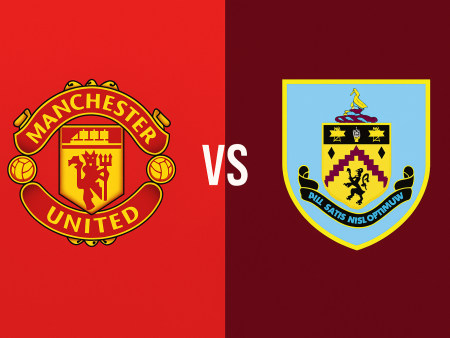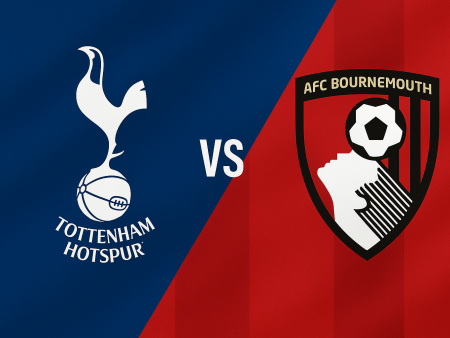Dean Smith’s Aston Villa: A Comprehensive Tactical Review
Aston Villa entered the 2020-21 Premier League season after narrowly surviving relegation in the previous campaign-by just a single point. Despite the odds and predictions, Dean Smith’s squad burst out of the blocks with a series of impressive performances, including a memorable 7-2 win over reigning champions Liverpool. With over a decade since their last notable top-flight season, this revitalized Villa side has raised expectations for a return to prominence. Below, we dissect the tactical framework, key personnel changes, and strategic shifts underpinning Aston Villa’s remarkable early form.
Aston Villa’s Tactical Formation and Flexibility
Under Dean Smith, Aston Villa commonly utilized a 4-3-3 shape; however, the summer acquisition of Ross Barkley from Chelsea provided new tactical possibilities. Barkley’s introduction has seen Smith experiment with a 4-2-3-1 during possession, granting Barkley the freedom of a central attacking role to influence play-most notably during the emphatic win over Liverpool.
Out of possession, Villa have demonstrated flexibility by setting up as a 4-4-2 mid-to-low block, with Barkley pressing alongside striker Ollie Watkins. This shift allows Villa to win the ball higher up the pitch and transition swiftly into attack. If Smith reverts to his traditional 4-3-3, Barkley also brings the versatility to slot into one of the advanced central midfield roles, reflecting tactical adaptability that keeps opponents guessing.
Strengthened Squad: Intelligent Recruitment and Player Roles
Aston Villa approached the summer transfer window with a measured strategy, bolstering key positions without disrupting squad harmony. The most significant additions have reinforced the team in all departments:
- Goalkeeper: Emiliano Martinez arrived from Arsenal after a stellar spell, and quickly made an impact with two clean sheets in his first three matches. While not frequently called into action due to an improved defense, his composure and shot-stopping ability have been vital.
- Defense: Matty Cash, recruited after impressing at Nottingham Forest, slotted seamlessly into right-back, combining defensive solidity with attacking contributions. At center-back, Tyrone Mings continues to impress and partner Ezri Konsa-whose form helped keep Villa afloat last season-for a reliable pairing. At left-back, Matt Targett offers dependability and consistency.
- Midfield: Douglas Luiz operates as the primary ball-winner and deep-lying playmaker. John McGinn and Conor Hourihane provide energy, passing range, and late runs, leaving Smith with a positive problem of how to integrate newcomer Barkley without sacrificing their influence.
- Attack: Trezeguet has become a tireless right winger, contributing both offensively and defensively. On the left, captain Jack Grealish, who continues to notch England call-ups, thrives in a wider role, linking intelligently with new signing Ollie Watkins-a dynamic forward with pace, movement, and finishing prowess.
Vertical Transitions and Direct Attacking Play
A hallmark of Villa’s attack this season is their inclination for quick, vertical play. Rather than relying on slow possession or elaborate build-ups, the team favor direct passes, through balls, and long diagonals to rapidly advance into dangerous areas. This approach leverages the mobility and technical skills of the likes of Grealish, McGinn, and Barkley.
Key attacking statistics further illustrate their efficiency:
- Shots per game: 16 (3rd highest in the league)
- Open play goals: 7 (2nd highest)
- Average possession: 47.5% (14th in the league)
Despite ranking low in possession, Villa’s direct approach maximizes each foray forward and ensures a high chance creation rate. They attempt an average of 64 long balls per match (5th highest), revealing a consistent commitment to quick progression-even without a traditional target man.
Exploiting the Left Flank
While Villa do not eschew attacks down the right, the left side has become a clear focal point. The interplay between Grealish, McGinn, Targett, and often Watkins, creates overloads and intricate passing moves that trouble defenses. Their attacking combinations are built on quick give-and-go plays and triangular passing sequences in tight spaces.
Statistics reinforce this tendency-only Manchester United and Crystal Palace have channeled more attacks down the left so far this campaign. Barkley’s debut goal, a result of quick link-up on the left, underscores the effectiveness of this strategy. As McGinn cements his presence in a left-sided central role, Villa can continue exploiting this flank for creative output.
Set Piece Excellence and Offensive Threats
Jack Grealish stands out as one of the league’s most fouled players, having won 166 free kicks in the previous season (4.6 per match). This, combined with McGinn’s ability to draw fouls, provides Villa a regular stream of set-piece opportunities.
The team has multiple set-piece specialists:
- Conor Hourihane: Provided three assists and created 19 chances from dead balls last year.
- Trezeguet: Notched four direct free-kick goals in the previous season.
- Grealish, McGinn, and Barkley: Add further quality in delivery and execution.
Villa’s aerial presence is also notable-defenders Mings (6’5”) and Konsa (6’0”) have scored five set-piece goals between them in two seasons, with 15 of Villa’s 41 league goals last year coming from such situations-the third highest in the competition at that time. Early in the new season, four different players have already found the net from set pieces, making Villa one of the most threatening teams in dead-ball scenarios.
Resolute Defense and Mid-Block Structure
Aston Villa’s defensive organization is based on compactness and spatial control rather than relentless high pressing. Typically set in a 4-5-1 without possession, the arrival of Barkley sometimes prompts a 4-4-2 mid-block, slightly raising their defensive line and making opposition ball progression more challenging.
Improvements in defensive phase include:
- Wider defensive contributions: Grealish now averages 3 tackles per game (up from 0.8), and Trezeguet 2.7 (up from 1.1)-a testament to their increased involvement.
- Clearances and defensive stability: Mings and Konsa rank among the league leaders in clearances per game, emphasizing a “no-nonsense” approach that keeps danger away from goal and allows for immediate transition into attack.
- Forcing play wide: Villa’s structure encourages opponents to advance down the flanks, where fullbacks and wide midfielders are primed to win back possession.
After conceding just two goals in their opening three matches (both against Liverpool), Villa’s defensive improvements are clear. The blend of intelligent recruitment and focus on identified weaknesses has made them a much more cohesive unit.
Conclusion: Aston Villa’s Promising Transformation
Aston Villa’s start to the 2020-21 Premier League has been nothing short of extraordinary. With three wins from three games, including a historic victory over Liverpool, they currently sit near the top of the table. Dean Smith’s side owes its turnaround to a combination of direct attacking football, intelligent use of set pieces, strengthened defensive resilience, and the willingness to make the most of their key talents.
By building around the technical brilliance of Grealish, the leadership of Mings, and the energy of McGinn, combined with astute additions both at the back and in midfield, Villa look well-positioned for their strongest campaign since the Martin O’Neill era. All signs suggest that survival is no longer the lone objective; Aston Villa are aiming much higher this season.













